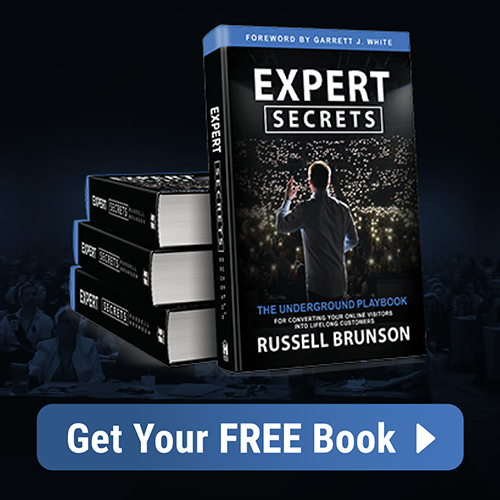What is Inbound Marketing?
With the rise of new technology, there have been new developments in the ways we do everything; online newspapers, sleep-adjustable mattresses, even electric toothbrushes. As marketers, we know that we can utilize the internet to reach people. But what new methods are available, and how do we use them? The internet has revolutionized the way people buy goods and services, so naturally it should revolutionize the way people market those goods and services. This revolution is called “inbound marketing.” The purpose of inbound marketing is to meet potential consumers on various levels. The process is more effective because it focuses on people who are inclined to purchase the product.
Old Methods
Before owning a computer was a common practice, marketing was done via cold calling; calling every phone number and giving the same spiel to everyone who picked up the phone, until the potential customer hung up. These potential customers felt hassled in their own homes, which made them disinclined to pursue a product that may not have been right for them in the first place. When people began to have email addresses, email marketers sent the same pitch to every email address– impersonal, unsolicited and too pushy.
New Method
Inbound marketing is superior to the old methods because now people spend time browsing the internet. They turn to Google to satisfy their curiosities and to gain new information. Inbound marketers can use this to their advantage by drawing in people who are already interested in their product. Through dispensing free information for people at varying levels of interest, strangers can be converted into customers.
Solving A Problem
Ultimately, your product is the solution to someone else’s problem. People type their questions and keywords into Google, so your first job is to figure out what problem your product solves, then determine how your customers would ask Google that question. For example, if you sell purse organizers, your potential customers are most likely women with messy purses. They might use phrases such as “how to organize my purse” or “my purse is messy” or just “purse organizer.” Once you determine these keywords, use them to provide information that would be useful to these people. Write an article entitled “Ten Ways to Keep Your Purse Organized.” Use varying keywords so that potential consumers will still find you even if they don’t search exactly for “how to organize my purse.” Do not talk about your product. This step is not for people who have decided to make a purchase yet. If you push them to commit now, they will be offended and will leave. Save it for later. The most important thing to remember about inbound marketing is that you are here for the consumers; you need to focus on their needs.
Selling Your Product
Once you have started to educate your potential consumers on how to solve their problem, they will understand what their problem is and that they need a solution. Then you can provide them with more information in whatever style makes sense. Maybe your potential consumers would download a free ebook, watch a video, or read an article. Once they have done this, it is time for you to tell them about your product. If they have progressed this far, they are most likely interested enough in a solution to consider purchasing your product or signing up for more information. Present a way for them to share their contact information with you in exchange for information, if that suits your product’s style, or provide another way for them to commit to your product. Remember, your product is the answer to the question they already asked.





